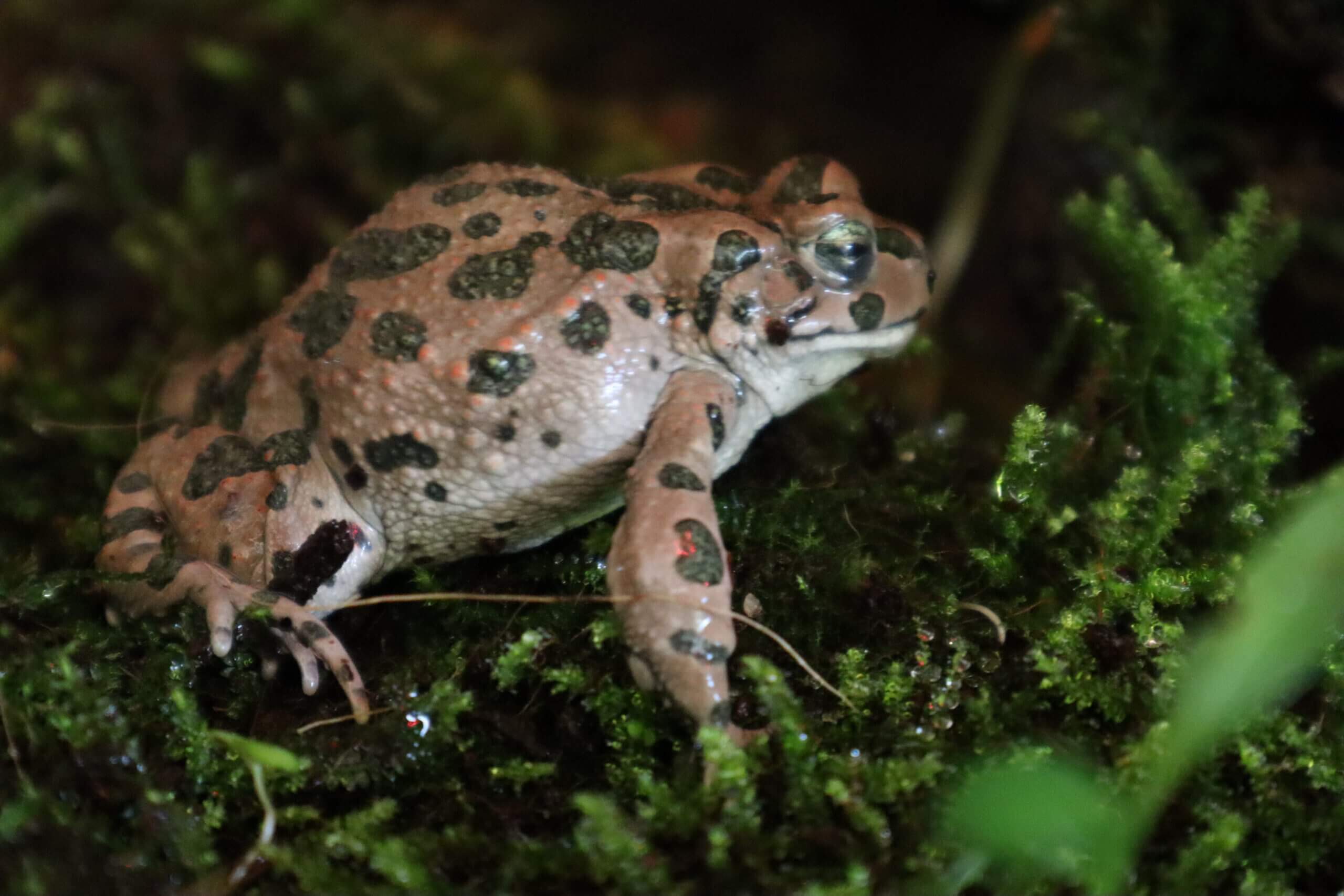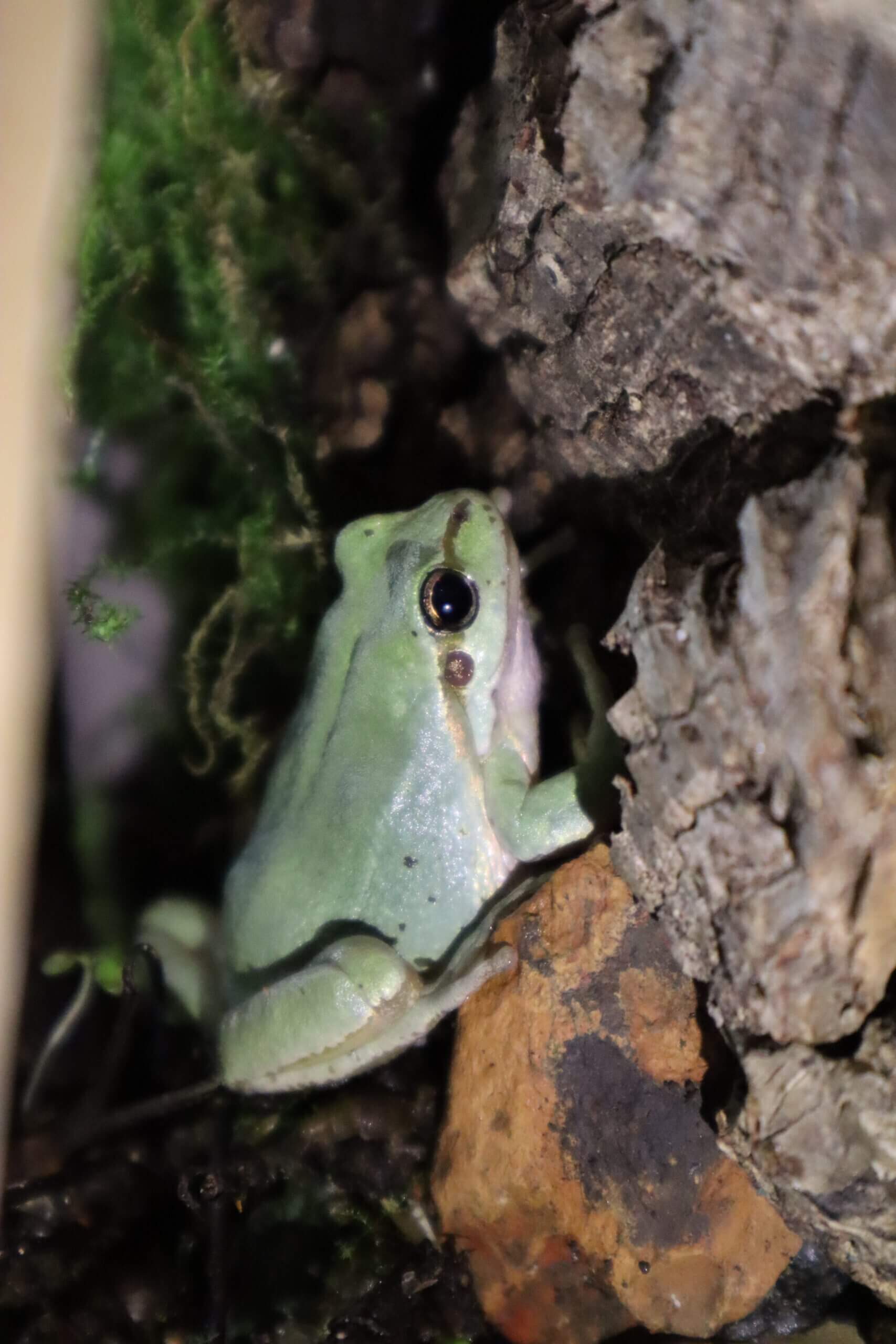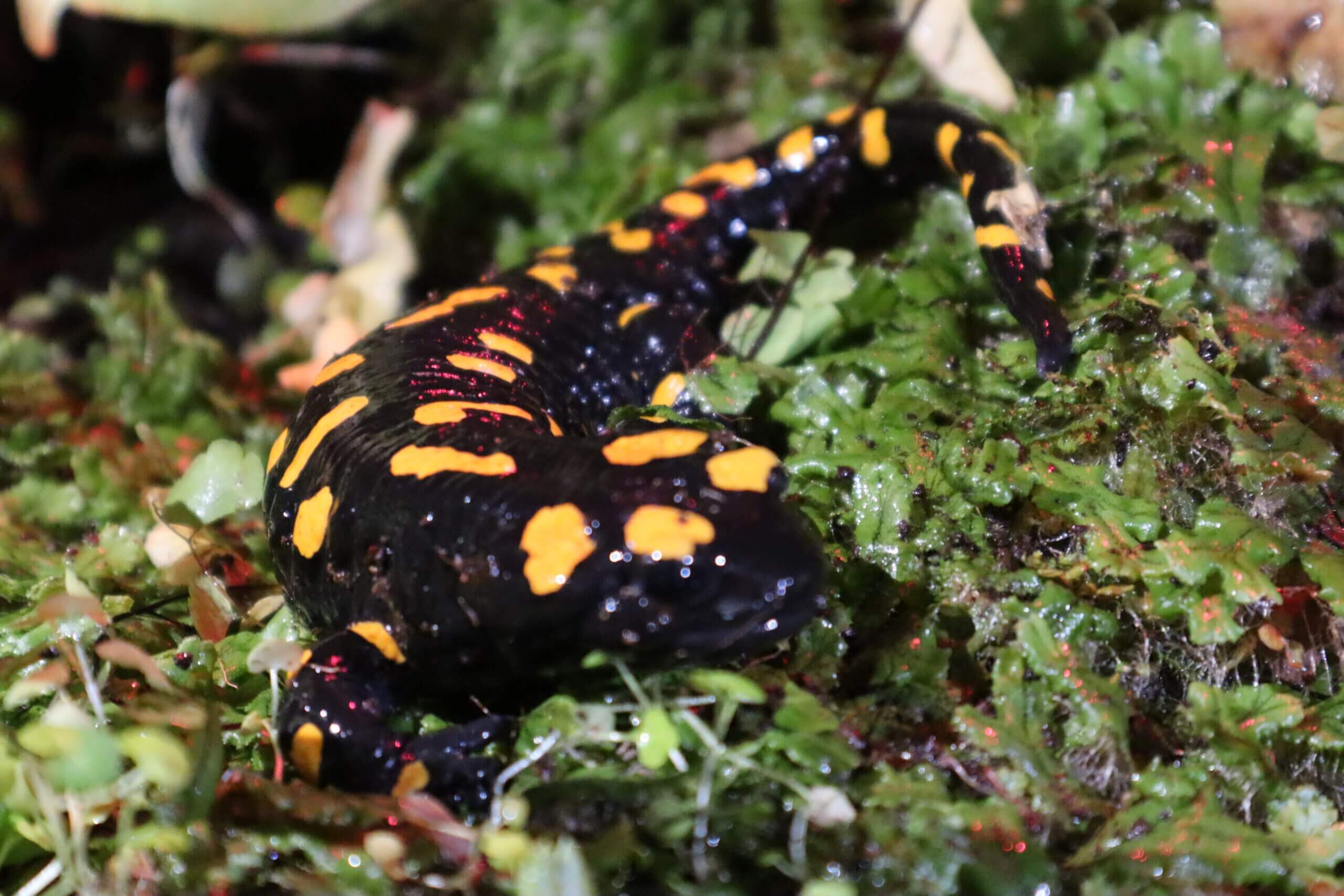Large mammals give birth to a smaller number of offspring in each litter, so the risk of extinction increases. In amphibians, on the other hand, large females actually lay more eggs, so in amphibians it is precisely the smaller animals that are in danger of extinction


A new study offers an update to the animal extinction theory: researchers have found gaps and inconsistencies between mammals and amphibians, when it comes to the relationship between size and extinction risk. Large mammals give birth to a smaller number of offspring in each litter, so the risk of extinction increases. In amphibians, on the other hand, large females actually lay more eggs, and therefore in amphibians it is precisely the smaller animals that are in danger of extinction.
The researchers found that the females of the smaller amphibian species, for example the rain frogs (Eleutherodactylus, Produce fewer offspring in each litter, compared to larger species, thus, damage to one generation of offspring of the small amphibian species by destroying the habitat drastically reduces their population and increases the risk of extinction to which they are subject.
A new international study with the participation of researchers from Tel Aviv University offers an update to the accepted theory about the extinction of animals: the researchers believe that the emphasis should be shifted from the size of the animal to its reproductive capacity. The researchers found gaps and inconsistencies between mammals and amphibians, when it comes to the relationship between size and the risk of extinction. Large mammals give birth to a smaller number of offspring in each litter, so the risk of extinction increases. In amphibians, on the other hand, larger females lay more eggs, so the risk of extinction actually decreases as the mother is larger.
In making their determination, the researchers relied on analyzing data from databases on the risk of extinction and reproductive capacity of various amphibian species (such as frogs and salamanders). Researchers from several universities around the world participated in the study: Prof. Shay Meiri from the School of Zoology in the George S. Faculty of Life Sciences. Wiz of Tel Aviv University and alongside him researchers from Queen's University in Belfast, Trent University in Nottingham, Exeter University, and Lincoln University. The article was published in the journal Global Ecology and Biogeography.
Prof. Meiri explains that the accelerated extinction of biological diversity around the world is currently considered one of the most pressing challenges facing humanity. Therefore, understanding the factors driving the extinction process is at the top of the list of priorities for scientists in the era of climate change and accelerated habitat destruction.
The extinction theory that has so far dominated the world of science held that large animals are at higher risk of extinction - an approach supported by the large number of large and well-known animals that are indeed at risk of extinction, such as rhinos and whales. An unusual figure that is not explained by this theory is the fact that over 40% of amphibian species, such as frogs, toads, salamanders, and newts, which are relatively small in size, are in danger of extinction despite their size - a greater level of risk than any Another vertebrate life.

In the two animals - unlike the other animals, the little ones give birth less
While in other animals the number of offspring decreases with the size of the animal's body, this is not the case in amphibians. The researchers found that the females of the smaller amphibian species, for example the rain frogs (Eleutherodactylus, produce fewer offspring in each litter, compared to larger species, such as American water frogs (Lithobates), which lay up to 80,000 eggs in each clutch. Thus, damage to one generation of descendants of the small amphibian species by destroying the living environment drastically reduces their population and increases the risk of extinction to which they are subject.
Prof. Shay Meiri: "Protecting nature starts with basic science, like this research that gives us more tools to understand extinction processes. The more we understand these processes, the more we can focus conservation efforts and illuminate new directions that have not been tried so far. Emphasizing the number of offspring and not necessarily the size of the animal, will help us examine which species and/or areas need protection. In this way, the research may form a basis for more effective human activity in the fight against the loss of biological diversity."
Dr. Daniel Finchiera-Donoso, Lecturer in Evolutionary Biology and Macroecology in the School of Biological Sciences at Queen's University: "A larger number of offspring per litter means greater diversity among the offspring. To some extent it is similar to the lottery - the more tickets you buy, the more chances you will win. In this case, a larger number and a wider variety of offspring increase the chances that at least some of them will survive the pressures of environmental changes, such as the increasing climate changes."
More of the topic in Hayadan:

One response
Beautiful. It should also be noted that multiple offspring does indeed increase the variety, but no less so also the physical dispersion. I don't know how important the hand of chance is in the extinction of populations. I suppose that as a population gets smaller, chance plays a bigger part in its extinction.